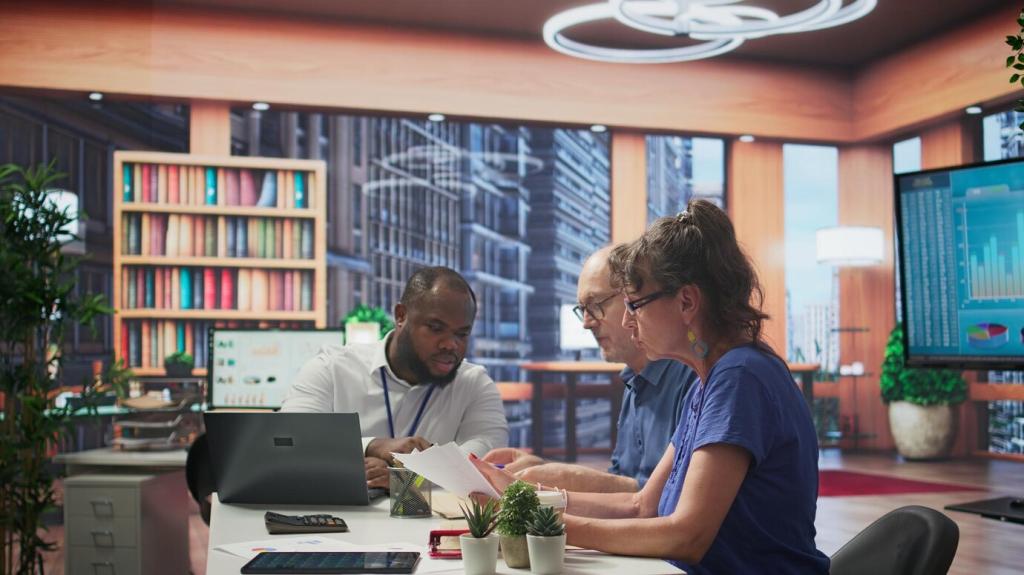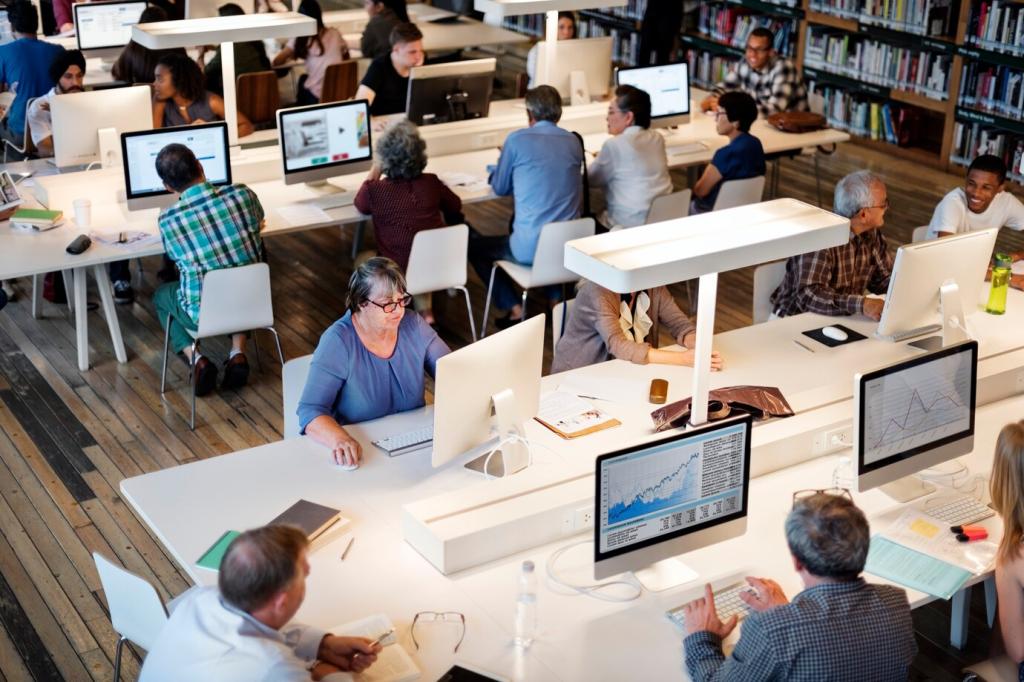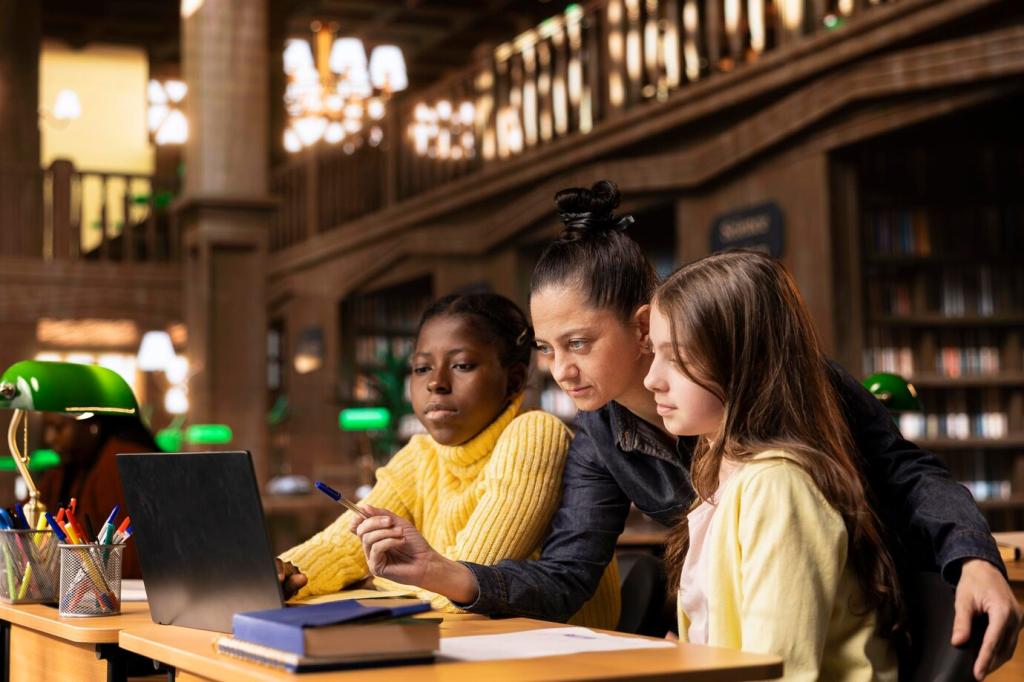
Creating Collaborative Learning Environments: Learn Together, Thrive Together
Theme chosen: Creating Collaborative Learning Environments. Step into a classroom, studio, or meeting where shared purpose, lively dialogue, and mutual trust turn ideas into action. Explore strategies, stories, and tools to co-create spaces where every learner is seen, heard, and empowered—then subscribe and join the conversation.


Foundations of Collaboration: Safety, Purpose, and Norms
Invite learners to generate two or three non-negotiables and a few flexible guidelines, then revisit them after the first week. Ownership matters; norms feel alive when students write, illustrate, and model them. Share your favorite norm in the comments today.
Foundations of Collaboration: Safety, Purpose, and Norms
Open with a driving question that matters beyond the room. A middle school team doubled engagement after framing their project as designing solutions for local parks. Purpose fuels perseverance; ask learners, “Who benefits from our work?” and listen closely.
Designing Spaces and Tools That Invite Participation
Use movable tables, whiteboard surfaces, and zones for quiet focus, tinkering, and dialogue. Visual cues—like table tents for team roles—reduce friction. Rearranging mid-lesson signals that collaboration is dynamic, not a fixed seating plan carved in stone.

Assessment That Fuels Collaboration
Use rubrics that score both the team artifact and each member’s contributions. A history class saw fairer workloads after tracking role fulfillment and evidence of peer support. When expectations are transparent, collaboration becomes equitable rather than quietly imbalanced.
Assessment That Fuels Collaboration
Schedule midpoint check-ins where teammates offer warm, specific, and actionable feedback. Research on cooperative learning shows gains when reflection is structured and frequent. Encourage sentence starters like “One strength I notice…” to keep critique humane, focused, and growth-oriented.


Facilitator Moves: Guiding Without Grabbing the Mic
Swap rapid-fire checks for open questions that expand thinking: “What might we try if time were no issue?” Pause, let silence work, then invite multiple pathways. Curiosity models humility and keeps the cognitive load where it belongs—on the learners.
Facilitator Moves: Guiding Without Grabbing the Mic
Expect friction and name it as natural. Teach quick protocols: describe, inquire, propose, and agree on next steps. A simple script can turn a tense five minutes into a breakthrough. Post it visibly so students can self-facilitate when stakes rise.
Stories From the Field
Ms. Rivera’s Bio Lab Breakthrough
After swapping lab partners for interdisciplinary squads, absenteeism dropped and lab reports improved. Students designed micro-ecosystems and defended decisions to a visiting ecologist. One quiet learner said, “I finally had a role that mattered every day.”




